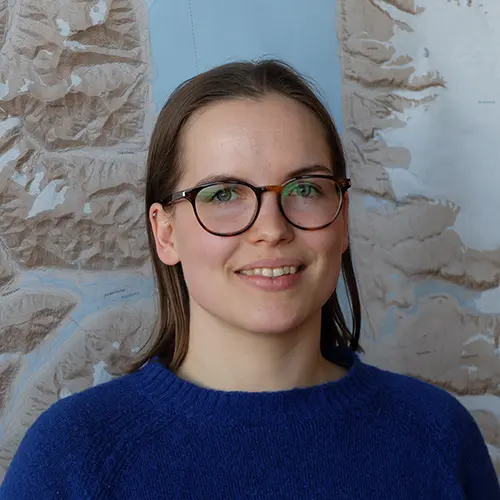
Experimental plots of TERRA were established in Adventdalen in spring 2022. Treatments include simulation of herbivory by geese, spring and autumn warming and rain-on-snow (icing) during the winter season. Photo: Simone I. Lang.
During the past years, warmer temperatures have caused a rising thaw of permafrost in Arctic regions. Newly thawed soil provides a large reservoir of nitrogen and carbon to microbes that live belowground, and the breakdown of this newly exposed material will have large consequences for carbon fluxes to the atmosphere.
The last years have seen large climatic changes during the cold season, with precipitation in winter as rain which is building ice layers on the tundra surface. At the same time, the climate is warming in spring and autumn and, due to reduced hunting, climate warming and intensified agriculture, goose numbers have increased to large numbers.
In TERRA, we aim to understand how a combination of all these factors will affect nitrogen and carbon cycling in the High Arctic.
We have set up a novel field experiment in the High Arctic tundra on Svalbard, where spring and autumn warming, strong winter rainfall and herbivory by geese are manipulated.
The project will run from 2021 to 2025.
Read more about the project here
Staff members:
External partners:
Hélene Barthelemy (University of Bergen, PostDoc)
Anders Michelsen (University of Copenhagen/CENPERM)
Neslihan Taş (Lawrence Berkeley National Laboratory)
James Speed (Norwegian University of Science and Technology)
Vigdis Vandvik (University of Bergen)
Michael Gundale (Swedish University of Agricultural Sciences)


